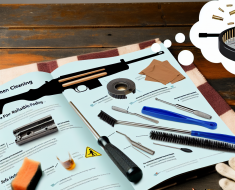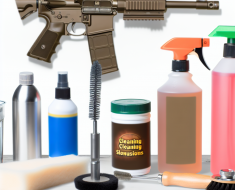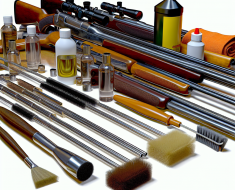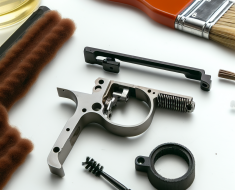The Role of Gun Cleaning in Preventing Malfunctions
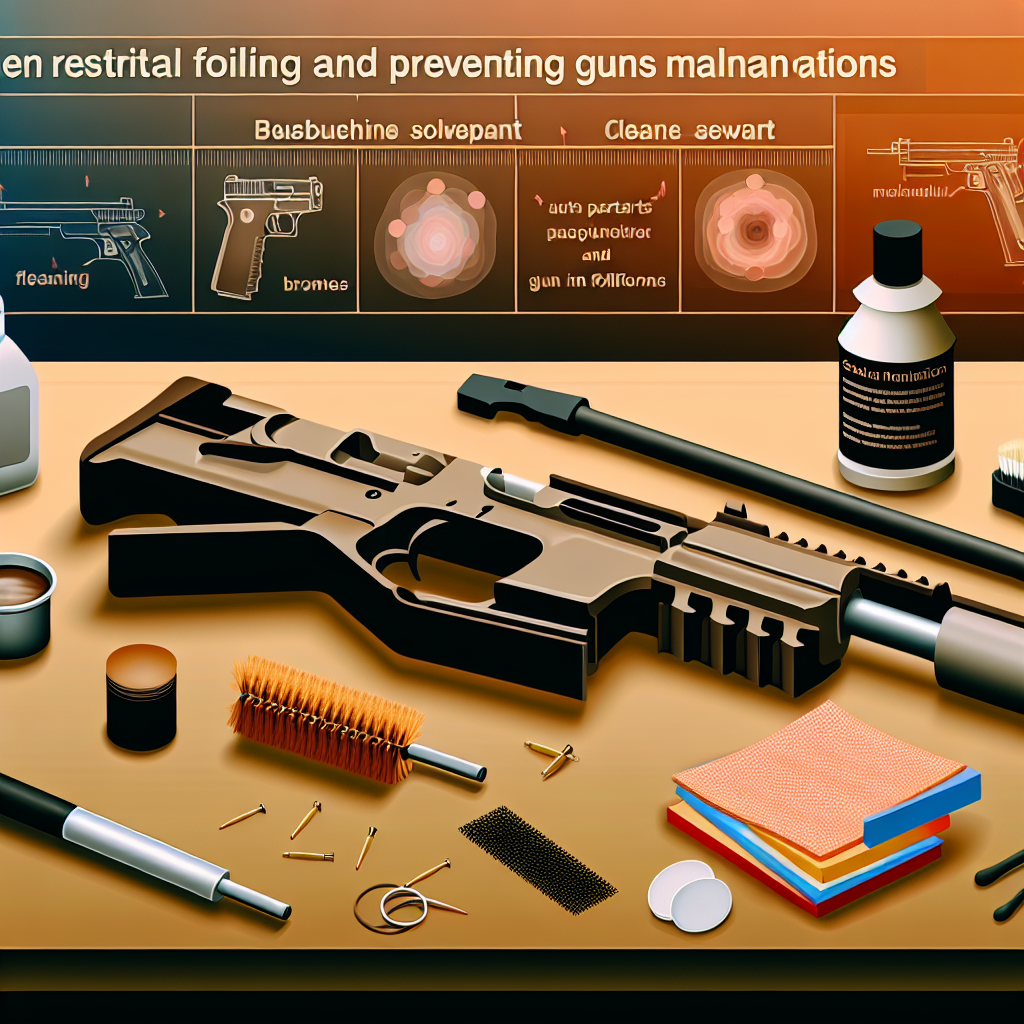
The importance of regular gun maintenance cannot be overstated for firearm owners, whether they are professional law enforcement officers, military personnel, competitive shooters, or recreational enthusiasts. Among the various aspects of firearm upkeep, cleaning plays a pivotal role in ensuring the reliable operation and longevity of guns. This article explores how proper gun cleaning directly contributes to preventing malfunctions, supported by examples, case studies, and statistics.
Understanding Firearm Malfunctions: Causes and Consequences
Before delving into the role of cleaning, it is essential to understand what firearm malfunctions are and why they occur. A malfunction refers to any failure in the firearm’s operation that prevents it from firing or cycling correctly. Common malfunctions include misfires, jams, stovepipes, double feeds, and failure to eject or feed rounds.
Several factors contribute to these issues:
- Accumulation of fouling: Residue from burnt powder, bullet material, and lubricants can build up inside the barrel and action.
- Environmental contaminants: Dirt, sand, moisture, and debris can enter the firearm during use or storage.
- Wear and tear: Mechanical parts degrade over time without proper maintenance.
- Poor lubrication: Either insufficient or excessive lubrication can cause parts to stick or attract debris.
The consequences of malfunctions range from minor inconveniences to life-threatening situations. For professionals who rely on firearms for protection or duty, a malfunction could mean the difference between life and death. Even recreational shooters experience frustration and loss of confidence when firearms fail unexpectedly.
The Science Behind Gun Fouling and Its Impact on Functionality
Gun fouling is a natural byproduct of firing ammunition. It primarily consists of carbon residue from burning powder, copper or lead deposits from bullets (commonly called “copper fouling”), unburnt powder grains, metal shavings from barrel wear (called “metal fouling”), and lubricants that have degraded or attracted dirt.
The accumulation of these residues affects the mechanical function in several ways:
- Narrowing the bore diameter: Fouling inside the barrel can alter bullet trajectory and reduce accuracy.
- Interfering with moving parts: Residue buildup in the slide rails, bolt carrier group, or trigger mechanism can cause sluggish cycling or complete stoppage.
- Corrosion risk: Moisture trapped within fouling can lead to rust formation on critical components.
A well-documented example comes from military studies conducted during combat operations. The U.S. Army’s research on M16 rifles during the Vietnam War revealed that inadequate cleaning was a significant contributor to weapon failures under harsh jungle conditions. Soldiers who neglected regular cleaning experienced frequent stoppages caused by carbon buildup combined with environmental grime.
The Role of Cleaning in Preventing Specific Malfunctions
Regular cleaning mitigates many common causes of firearm malfunctions by removing fouling and contaminants before they affect performance. Here are some specific ways cleaning helps prevent particular issues:
- Failure to feed: Dirt and grime in the magazine well or feeding ramp can prevent rounds from chambering properly. Cleaning these areas ensures smooth feeding.
- Failure to eject (“stovepipes”): Residue buildup around the extractor or ejector can hinder spent cartridge ejection. Removing fouling restores proper extraction function.
- Misfires caused by dirty firing pins: Carbon deposits may accumulate on firing pins preventing them from striking primers effectively; cleaning ensures reliable primer ignition.
- Semi-automatic cycling issues: Residue in gas-operated systems (like AR-15 style rifles) can reduce gas flow needed for cycling; cleaning gas tubes and pistons maintains smooth operation.
An illustrative case study involves competitive shooter Jerry Miculek, who emphasizes rigorous post-match cleaning routines as key to avoiding jams during high-pressure events where every second counts. His consistent success underlines how cleanliness translates into reliability even under rapid-fire conditions.
Best Practices for Effective Gun Cleaning
A successful cleaning regimen involves more than just wiping down surfaces. It requires attention to detail using appropriate tools and techniques tailored to each firearm type. Key best practices include:
- Disassembly according to manufacturer guidelines: Properly field-strip your gun before cleaning critical internal components.
- Selecting suitable solvents and lubricants: Use solvent products designed for gunpowder residue removal followed by high-quality lubricants recommended by manufacturers.
- Thorough brushing and patching: Employ bore brushes and cotton patches to scrub barrels until patches come out clean.
- Cleaning hard-to-reach areas: Use picks or specialized brushes for nooks like extractor slots, trigger assemblies, gas ports, etc.
- Avoiding over-lubrication: Excess oil attracts dust which can cause more harm than good; apply sparingly as per instructions.
- Taking safety precautions: Always ensure firearms are unloaded before starting maintenance procedures.
The National Shooting Sports Foundation (NSSF) advises routine cleaning after



